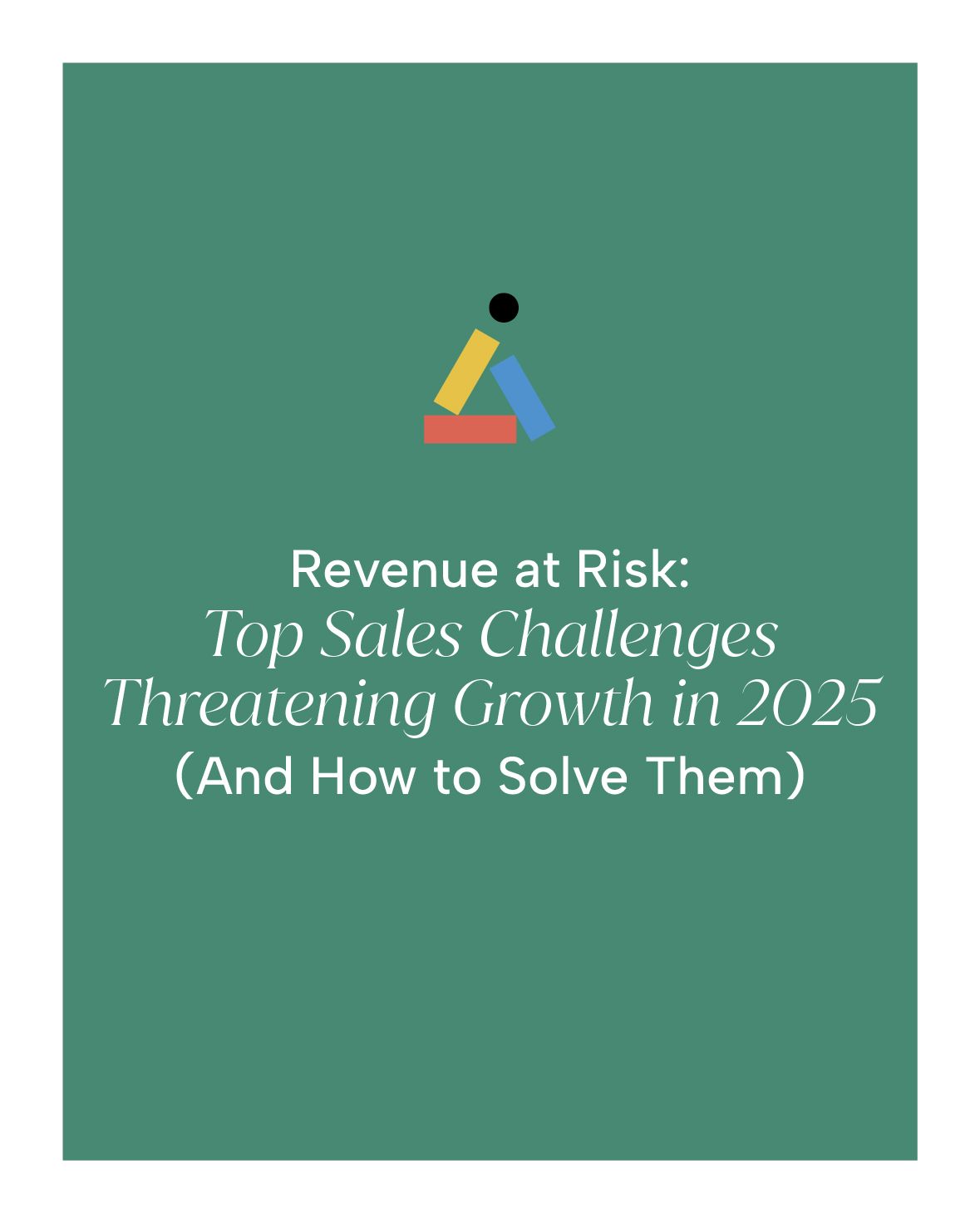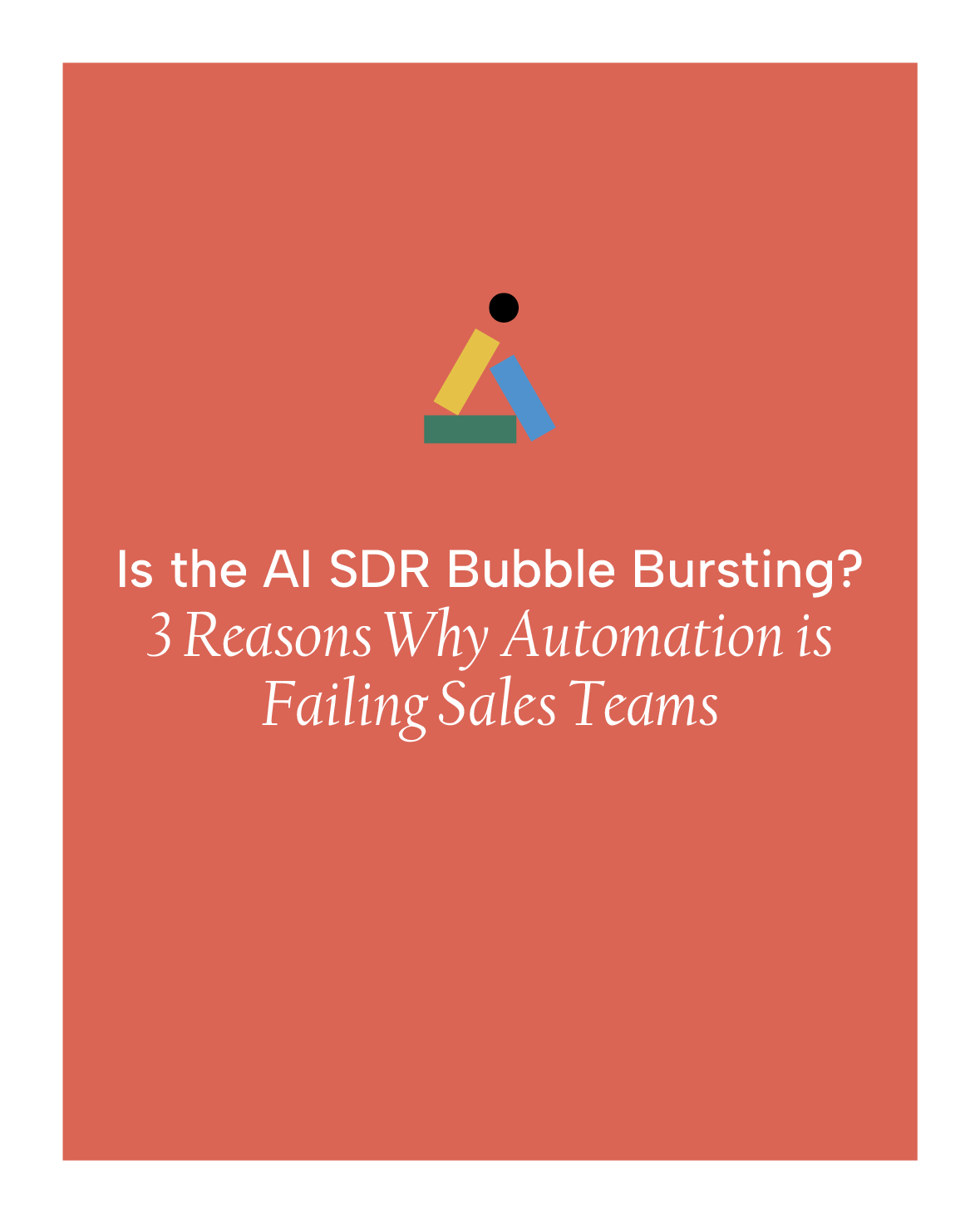Hyper-targeting: Unlocking precision marketing with buyer intent data
In today’s hyper-competitive market, precision is everything, and buyer intent data offers the key to unlocking it. By leveraging intent data, marketers can identify potential customers who are actively searching for solutions, allowing them to target their campaigns more effectively. AI-powered audience segmentation is at the forefront of this transformation, providing businesses with powerful tools to refine their strategies and increase conversions. But how exactly does buyer intent data help, and why is it so critical in the age of digital marketing?
What is Buyer Intent Data?
Buyer intent data refers to the signals and behavioral data that indicate how ready a prospect is to engage or make a purchase. It can come from various activities, including visiting your website, downloading a whitepaper, or engaging with a competitor’s products. Essentially, this data allows marketers to know where prospects are in their buying journey.
There are two key types of buyer intent data:
- First-Party Data: This is data collected directly from your digital properties, such as website analytics, social media engagement, and email interactions. For example, if a user frequently visits your pricing page, it's a strong signal that they may be close to making a decision.
- Third-Party Data: This data comes from external platforms and websites, such as social media or content networks. It’s collected when potential customers engage with external content related to your products or services, giving marketers a wider net to identify buying intent.
Advanced Audience Segmentation
Advanced audience segmentation plays a pivotal role in leveraging buyer intent data. Traditional segmentation methods involve dividing an audience based on basic demographics like age, location, or job role. However, more sophisticated approaches allow marketers to go deeper by analyzing behavioral patterns, engagement levels, and predictive indicators of future actions.
This precision enables a more granular understanding of the target audience, which is crucial for hyper-targeting. With these techniques, campaigns can be continuously adapted and optimized, ensuring that marketing efforts are always directed toward the right prospects.
AudienzAI's Connect allows users to easily visualize audience overlaps using Venn diagrams. This feature helps marketers quickly identify common traits across different segments, simplifying the process of selecting the most relevant audience for targeted campaigns. By integrating first-party data with intent data, tools like AudienzAI's Connect empower marketers to manage and activate customer data effectively. These capabilities enhance segmentation strategies, helping to refine targeting efforts and create personalized customer journeys.
How Buyer Intent Data Enhances Hyper-Targeting
Buyer intent data supercharges hyper-targeting by giving marketers a deeper understanding of a prospect's needs, behaviors, and interests. When combined with AI-powered segmentation techniques, it allows businesses to:
- Identify High-Intent Prospects: Intent data helps identify prospects who are actively in the market for your product or solution. This allows you to focus your resources on leads that are most likely to convert.
- Tailor Messaging and Offers: By understanding what prospects are engaging with, you can craft messaging that speaks directly to their pain points. Whether through personalized email campaigns or targeted advertisements, this approach increases the likelihood of conversion.
- Improve Campaign ROI: Hyper-targeting minimizes wasted ad spend by ensuring that only high-intent prospects are targeted. This leads to better campaign results, more efficient use of resources, and improved return on investment (ROI).
- Shorten Sales Cycles: Sales teams can prioritize leads based on their buying intent, allowing them to engage with prospects when they’re ready to make a purchase. This significantly reduces the time spent nurturing low-potential leads, accelerating the sales process.
Real-World Applications of Hyper-Targeting
Industries across the board are using buyer intent data to refine their hyper-targeting strategies:
- E-commerce: Online retailers use buyer intent data to predict which customers are likely to make repeat purchases. AI-powered segmentation enables them to send personalized offers to these customers, increasing lifetime value and retention rates.
- B2B SaaS: In the software industry, intent data is used to identify prospects actively researching solutions. By targeting these high-intent buyers with personalized ads and content, companies can significantly boost lead generation efforts and close deals faster.
- Healthcare: Intent data can help healthcare companies identify which services or products are being researched most frequently by their target audiences. This allows them to focus their marketing efforts on promoting the most relevant services, ensuring that resources are being used effectively.
Challenges in Implementing Hyper-Targeting
While hyper-targeting with buyer intent data offers numerous benefits, there are challenges to consider:
- Data Overload: With vast amounts of intent data available, businesses need sophisticated tools to analyze and filter relevant insights. Without AI-powered solutions like Audienz.ai’s Connect it can be overwhelming to make sense of the data.
- Privacy Concerns: With regulations like GDPR and CCPA, businesses need to ensure they’re collecting and using buyer intent data ethically. Transparency in data usage and obtaining proper consent from users are crucial for maintaining trust.
- Balancing Automation with Personalization: Automation tools streamline processes, but there is a risk of over-automating and losing the personal touch. Businesses must strike a balance by ensuring that hyper-targeted campaigns still feel personalized and relevant.
Key Strategies to Maximize Buyer Intent Data for Hyper-Targeting
- Leverage Predictive Scoring: Predictive lead scoring uses AI algorithms to assign scores to prospects based on their intent data. This helps sales teams focus on the leads that are most likely to convert, ensuring that outreach efforts are prioritized for maximum effectiveness.
- Nurture with Content Personalization: By knowing where prospects are in their buying journey, you can tailor content to meet their specific needs. Prospects just starting their research may benefit from educational content, while those further along in the process might be ready for case studies or product demos.
- Integrate with CRM Platforms: Buyer intent data should be seamlessly integrated into your CRM and marketing platforms. For example, using segmentation techniques for HubSpot, you can automate workflows that nurture leads based on their intent, saving time and ensuring personalized engagement.
- Optimize for Omnichannel Campaigns: Hyper-targeting with intent data allows you to create cohesive, omnichannel campaigns that deliver consistent messaging across multiple touchpoints, such as email, social media, and display ads. By reaching prospects where they are most engaged, you can increase your chances of conversion.
Conclusion
Hyper-targeting with buyer intent data is transforming how businesses approach marketing. By using AI-powered audience segmentation techniques, marketers can refine their strategies to deliver the right message to the right person at the right time. Platforms like Audienz.ai are leading the way, offering advanced tools that help businesses make the most of their data, optimize campaigns, and drive significant growth.
Take the next step in your marketing journey. Visit Audienz.ai and discover how AI-powered audience segmentation can elevate your marketing efforts.
share this
Related Articles











